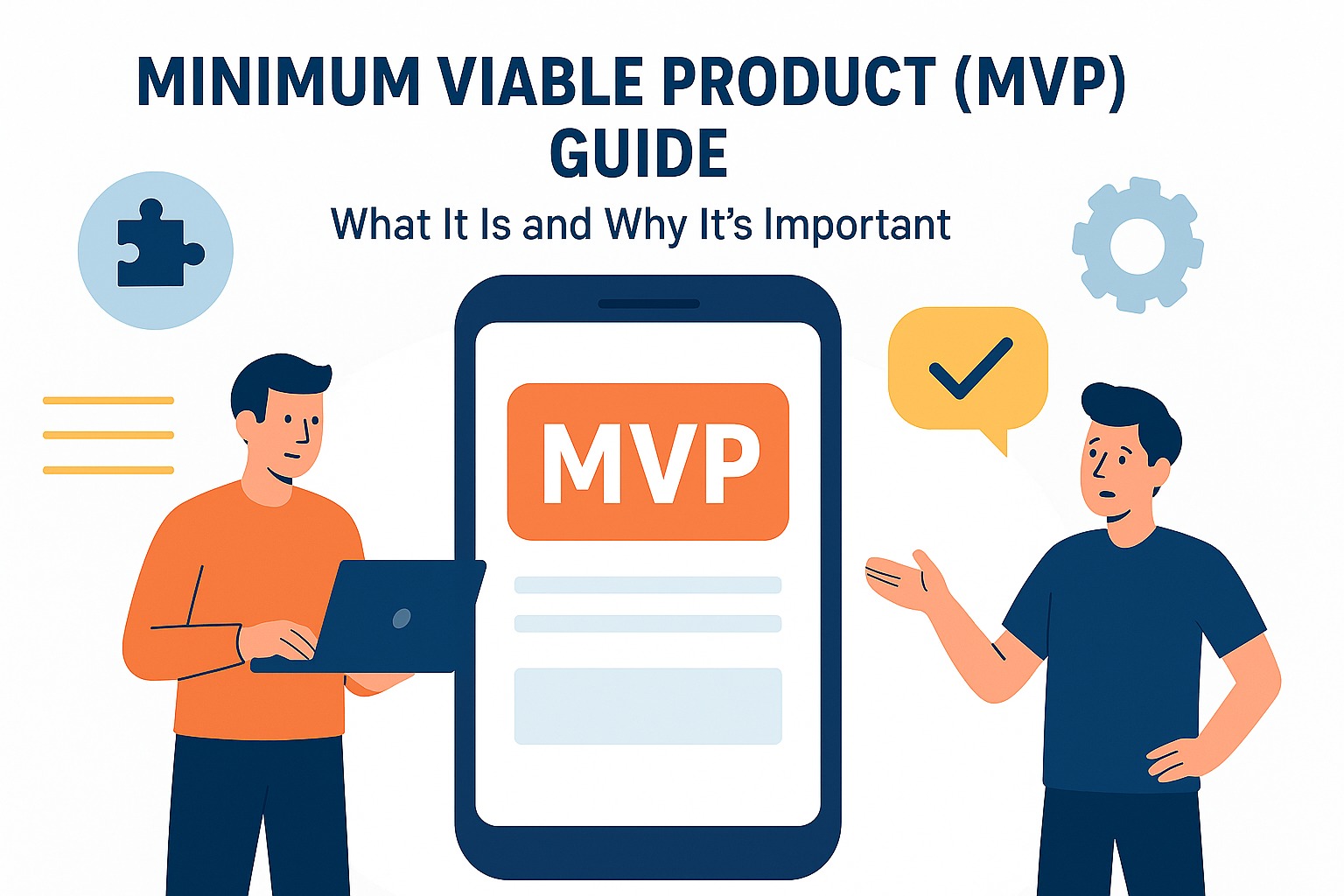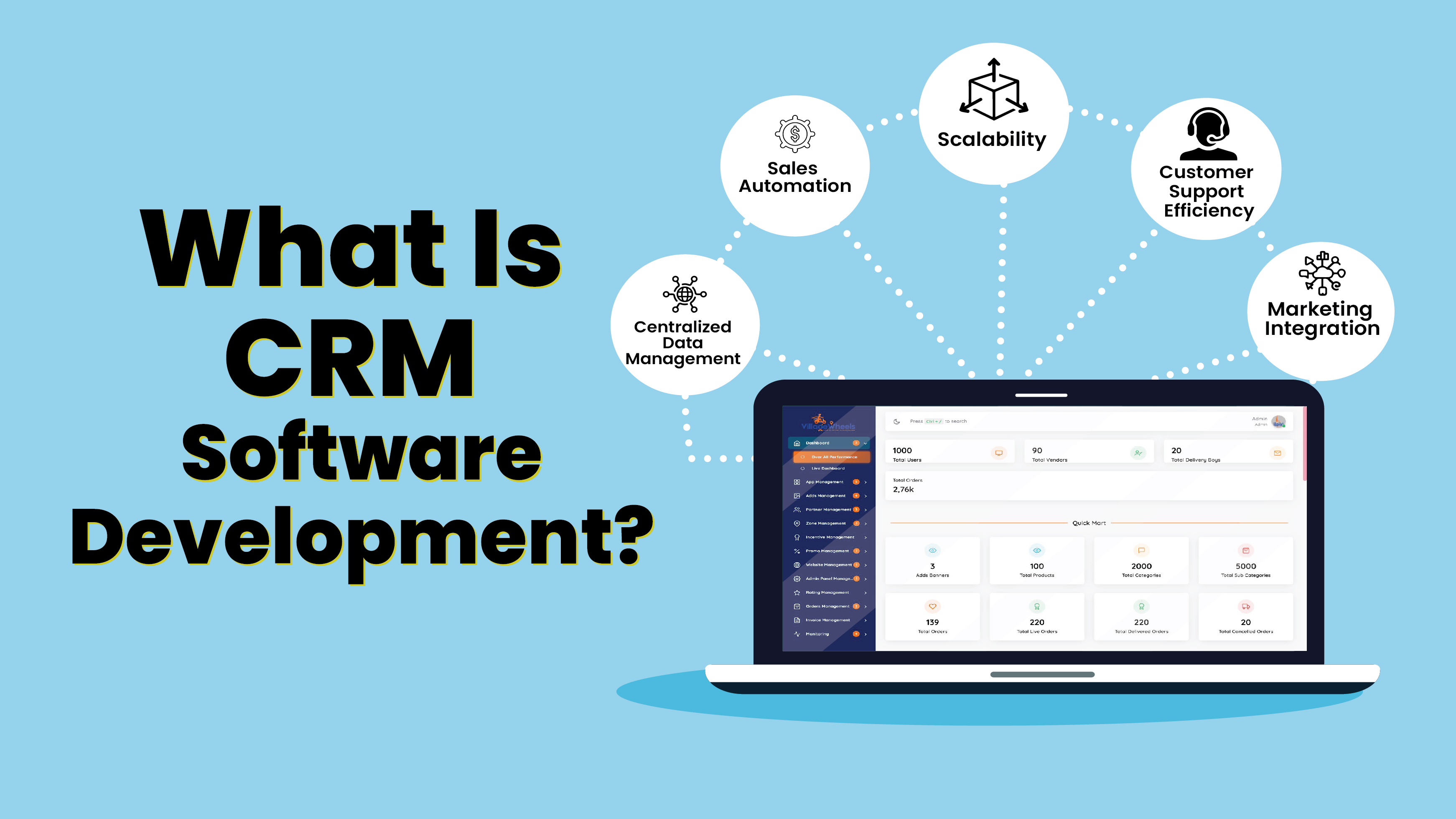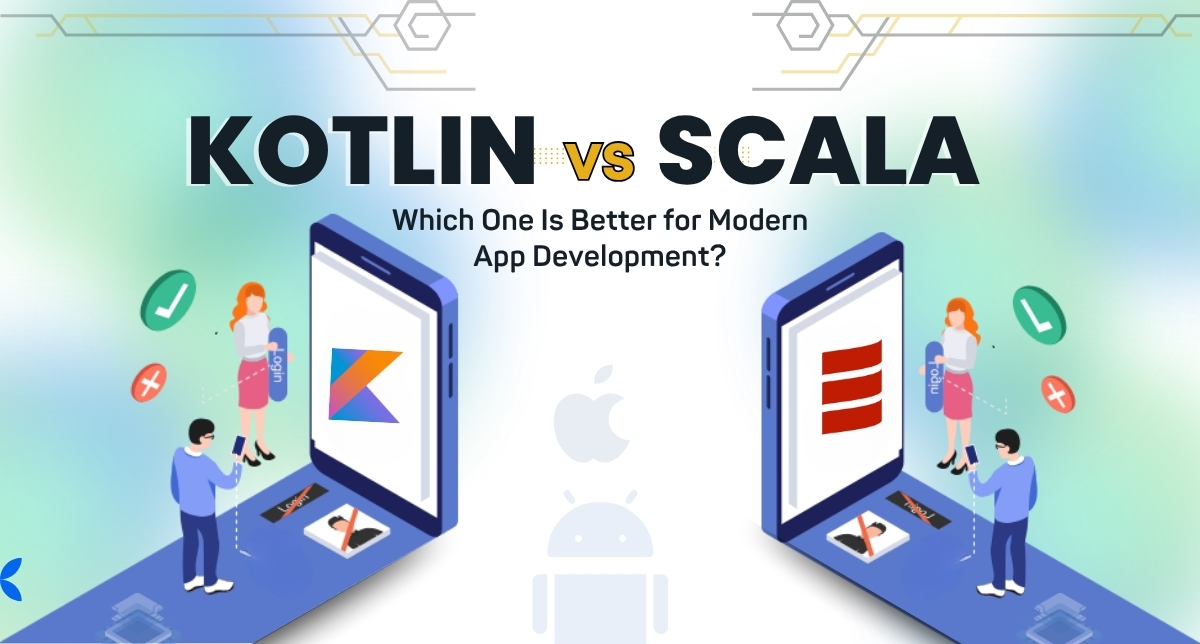Minimum Viable Product (MVP): What It Is and Why It’s Important
Introduction
In today’s fast-paced digital ecosystem, businesses face constant pressure to deliver innovative products quickly while minimizing risks. This is where the concept of a Minimum Viable Product (MVP) comes into play. An MVP allows startups and enterprises to launch a simplified version of their product that includes only the core features necessary to satisfy early users and gather feedback. With this approach, companies can test assumptions, validate demand, and adapt before investing heavily in full-scale development.
In this blog, we’ll explore what an MVP is, why it’s important, and how businesses can leverage it for long-term success. We’ll also share real-world examples, best practices, and explain how Appdid, your trusted software development company in Thane, Mumbai, serves businesses across India, including Hyderabad, Nagpur, Andhra Pradesh, and more.
What is a Minimum Viable Product (MVP)?
A Minimum Viable Product is the initial version of a product that includes the essential features needed to address the core problem for target users. The goal is not perfection, but validation. By launching with a lean set of features, businesses can collect valuable feedback and iterate based on real-world user behavior.
In simple words: An MVP is like your product’s first draft. It’s not perfect, but it’s good enough to show users, get feedback, and decide what to improve next.
Why is an MVP Important?
1. Reduces Risk
Building a full-scale product without testing the waters can be costly and risky. An MVP allows companies to test demand before committing resources.
Example: Dropbox launched with a simple explainer video to gauge interest before developing the full product.
Benefit: Saves businesses from investing heavily in products that may not succeed.
2. Validates Market Demand
An MVP helps determine whether users actually need or want the product.
Example: Zappos founder Nick Swinmurn started by taking pictures of shoes from stores and posting them online before building an e-commerce platform.
Benefit: Ensures resources are spent on products with proven demand.
3. Faster Time to Market
Releasing a simplified version lets companies launch quickly and gain early adopters.
Example: Airbnb started with a simple website renting out air mattresses in a living room.
Benefit: Builds brand presence early and attracts potential investors.
4. Cost Efficiency
Developing only essential features reduces upfront costs significantly.
Example: Buffer, the social media scheduling tool, launched with a basic landing page to validate interest.
Benefit: Startups can operate lean while confirming their idea works.
5. Gathers Real User Feedback
Instead of assumptions, MVPs provide real data from real users.
Example: Instagram started as “Burbn,” a location-based check-in app, but user feedback showed photo-sharing was more popular, leading to its pivot.
Benefit: Builds a user-centric product.
6. Attracts Investors
Investors prefer funding validated ideas with real traction.
Example: Uber began as a basic app for booking black cars in San Francisco. Its early traction attracted major investors.
Benefit: Improves chances of securing funding.
7. Scalability & Iteration
An MVP creates a foundation to add more features gradually.
Example: Facebook’s MVP was limited to Harvard students but later expanded globally.
Benefit: Ensures products grow based on real demand.
Steps to Build a Successful MVP
-
Identify the Problem: Define the core issue your product will solve.
-
Conduct Market Research: Validate whether your idea has demand.
-
Define Core Features: Focus only on what’s essential.
-
Develop the MVP: Build quickly using agile methods.
-
Launch & Collect Feedback: Release to a small user base.
-
Iterate & Improve: Adapt based on real-world usage.
FAQs on Minimum Viable Product
Q1: How is an MVP different from a prototype?
A prototype is a model or mock-up, while an MVP is a functional product used by real customers.
Q2: How long does it take to build an MVP?
Depending on complexity, an MVP can take anywhere from 4 weeks to 6 months.
Q3: Is building an MVP only for startups?
No. Enterprises also use MVPs to test new features or products before large-scale deployment.
Q4: How much does an MVP cost in India?
Costs vary based on features, but many MVPs can be built cost-effectively with lean methodologies.
Q5: What are the risks of building an MVP?
The main risk is building too few features or misjudging the market, but these risks are far lower compared to full product launches.
Why Choose Appdid for Your MVP Development?
At Appdid, we understand the importance of building lean, efficient, and user-focused products. Our expert team helps startups and enterprises:
-
Build MVPs quickly using agile methodologies
-
Validate ideas with real-world users
-
Reduce development costs
-
Scale products seamlessly based on feedback
We are a trusted software development partner based in Thane, Mumbai, proudly serving businesses across India including Hyderabad, Nagpur, Andhra Pradesh, and more.
Ready to turn your idea into a Minimum Viable Product? Contact Appdid today and take the first step toward building your dream product.









